My project is currently use Spring-Data-Neo4J 3.3.0 and I'm trying to use the new 4.0.0.Release version. In my code I have the following code :
neo4jTemplate.createRelationshipBetween(eltOrRel, attribute, valueClass, GraphRelationType.HAS_ATT_VALUE, true)
What is the equivalent of this code (which is use this method in api in the new version of SDK please ?
More especially I don't know how to create a relation of a given type but for a specific class. How can I write such a creation in cypher please ?
@Luanne Here is a little example of my problem.
Class Element :
@NodeEntity
public class Element {
@GraphId
private Long id;
private int age;
private String uuid;
@Relationship(type = "HAS_ATT_VALUE")
private Set<HasAttValue> values = new HashSet<HasAttValue>();
...
Class Attribute :
@NodeEntity
public class Attribute {
@GraphId
private Long id;
private String attName;
And class HasAttValue :
@RelationshipEntity(type = "HAS_ATT_VALUE")
public class HasAttValue {
@GraphId
private Long id;
@StartNode
Element element;
@EndNode
Attribute attribute;
private String value;
public HasAttValue() {
}
public HasAttValue(Element element, Attribute attribute, String value) {
this.element = element;
this.attribute = attribute;
this.value = value;
this.element.getValues().add(this);
}
In this first case, everything works like a charm, and, as in your example I have the following graph (seeing in the server browser) with my value on the HAS_ATT_VALUE relationshipEntity:
(Element)->[HAS_ATT_VALUE]->(attribute)
But my problem is in the following case (which was working well with previous SDN). Instead of the HasAttValue previous class, I have :
@RelationshipEntity(type = "HAS_ATT_VALUE")
public abstract class HasAttValue<T> {
@GraphId
private Long id;
@StartNode
Element element;
@EndNode
Attribute attribute;
private T value;
public HasAttValue() {
}
public HasAttValue(Element element, Attribute attribute, T value) {
this.element = element;
this.attribute = attribute;
this.value = value;
this.element.getValues().add(this);
}
with for example two subclasses. First one :
public class HasBooleanValue extends HasAttValue<Boolean> {
public HasBooleanValue() {
}
public HasBooleanValue(Element elt, Attribute attribut, Boolean value) {
super(elt, attribut, value);
}
}
Second one :
public class HasStringValue extends HasAttValue<String> {
private String locale;
public HasStringValue() {
}
public HasStringValue(Element element, Attribute attribut, String value) {
super(element, attribut, value);
}
In this case the graph is like the following :
(element)->[HAS_ATT_VALUE]->(HasBooleanValue|HasStringValue)->[ATTRIBUTE]->(Attribute)
and another arc in the graphe (element)<-[ELEMENT]-(HasBooleanValue|HasStringValue)
So how can I do to always have (element)->[HAS_ATT_VALUE]->(attribute) where "has_att_value" is a relationshipentity containing datas but having diffent impletations in my java code ? Again, this was working well in SDN3 when I used the neo4jTemplate.createRelationshipBetween(eltOrRel, attribute, valueClass, GraphRelationType.HAS_ATT_VALUE, true) to create my "hasAttValue" relationshipEntity.
Thank you very much
